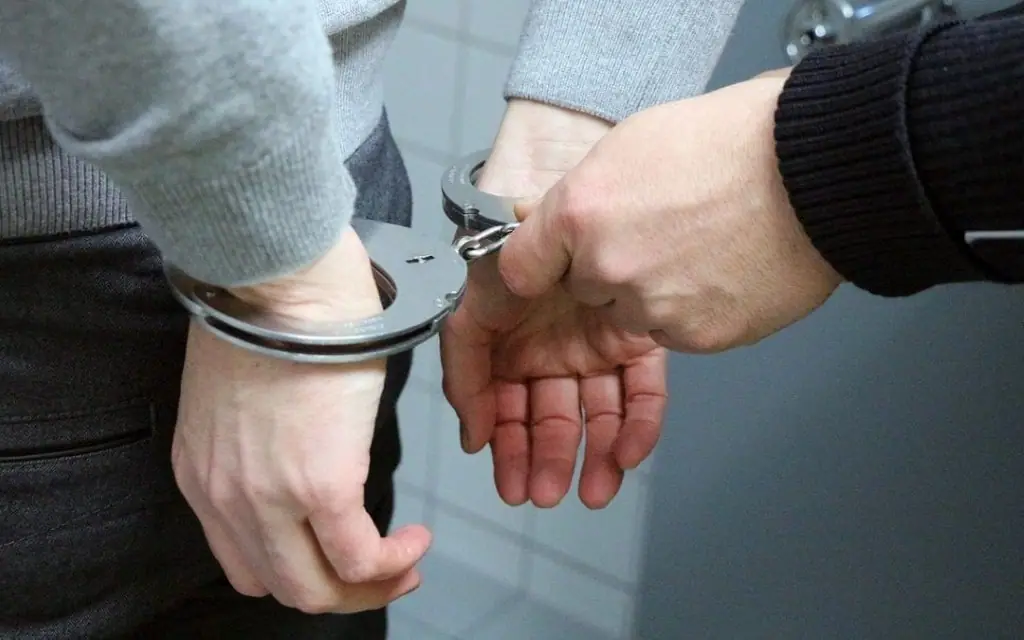Forensic evidence in criminal cases plays a pivotal role in uncovering the truth, guiding investigations, and ensuring that justice is served. This article delves into the multifaceted world of forensic evidence, exploring its significance, various types, and its impact on criminal proceedings.
Understanding the Basics
Forensic evidence refers to scientific evidence that is collected, analyzed, and presented in a court of law to assist in solving crimes and determining guilt or innocence. It encompasses a wide range of disciplines, each playing a unique role in the criminal justice system.
The Types of Forensic Evidence
- DNA Analysis DNA analysis is perhaps one of the most powerful tools in forensic science. It helps identify individuals with incredible precision, making it a critical component in solving crimes. DNA evidence can link a suspect to a crime scene or exonerate an innocent person.
- Fingerprint Analysis Fingerprint analysis is a time-tested technique used to identify individuals based on their unique fingerprint patterns. Each person’s fingerprints are distinct, and this evidence is often used to link suspects to crime scenes.
- Ballistics and Firearms Analysis Ballistics and firearms analysis involves examining bullets, casings, and firearms to determine their connection to a crime. This can help establish a murder weapon and its trajectory.
- Toxicology Toxicology is employed when there is suspicion of drug or poison involvement in a case. It identifies substances in the body and can help establish if a crime was committed through poisoning.
- Digital Forensics In the digital age, digital forensics plays a crucial role in criminal investigations. It involves the retrieval of data from electronic devices, such as computers and smartphones, to uncover evidence related to cybercrimes or other criminal activities.
The Significance of Forensic Evidence in Criminal Cases
Forensic evidence serves several vital purposes within criminal cases:
- Establishing Identity One of the primary functions of forensic evidence is to identify individuals involved in a crime. DNA, fingerprints, and other forms of evidence help establish the identity of suspects or victims.
- Linking Suspects to Crime Scenes Forensic evidence can connect a suspect to a crime scene through various means, such as DNA, fingerprints, or ballistics analysis. This linkage can be instrumental in securing convictions.
- Providing Expert Testimony Forensic experts often serve as witnesses in court, explaining complex scientific findings to judges and juries. Their testimony can greatly influence the outcome of a trial.
- Exonerating the Innocent Forensic evidence not only aids in convicting the guilty but also in exonerating the innocent. In cases of wrongful convictions, DNA evidence has been instrumental in proving innocence and securing the release of the wrongfully convicted.
- How is forensic evidence collected at a crime scene? Forensic evidence is collected by trained professionals who follow strict protocols. This may involve the collection of DNA samples, photographs, fingerprints, or physical evidence like weapons or clothing. Each piece of evidence is carefully documented and preserved.
- Can forensic evidence be tampered with or contaminated? Yes, forensic evidence can be tampered with or contaminated, which is why proper handling and chain of custody procedures are crucial. Incompetent handling or contamination can compromise the reliability of the evidence and its admissibility in court.
- How long does it take to analyze forensic evidence? The time required for forensic analysis varies depending on the type of evidence and the complexity of the case. Simple analyses may take a few days, while complex cases can take weeks or even months to complete.
- Can forensic evidence be challenged in court? Yes, forensic evidence can be challenged in court. Defense attorneys may question the methods used, the qualifications of the experts, and the reliability of the evidence. It is up to the judge and jury to weigh the evidence’s credibility.
Conclusion
Forensic evidence in criminal cases is a cornerstone of the justice system, playing a pivotal role in solving crimes, exonerating the innocent, and ensuring that the guilty are held accountable for their actions. From DNA analysis to fingerprint examination, each type of forensic evidence contributes to the pursuit of justice and the establishment of the truth in our legal system. In an age where science and technology continually advance, the role of forensic evidence remains as crucial as ever in the pursuit of justice.







